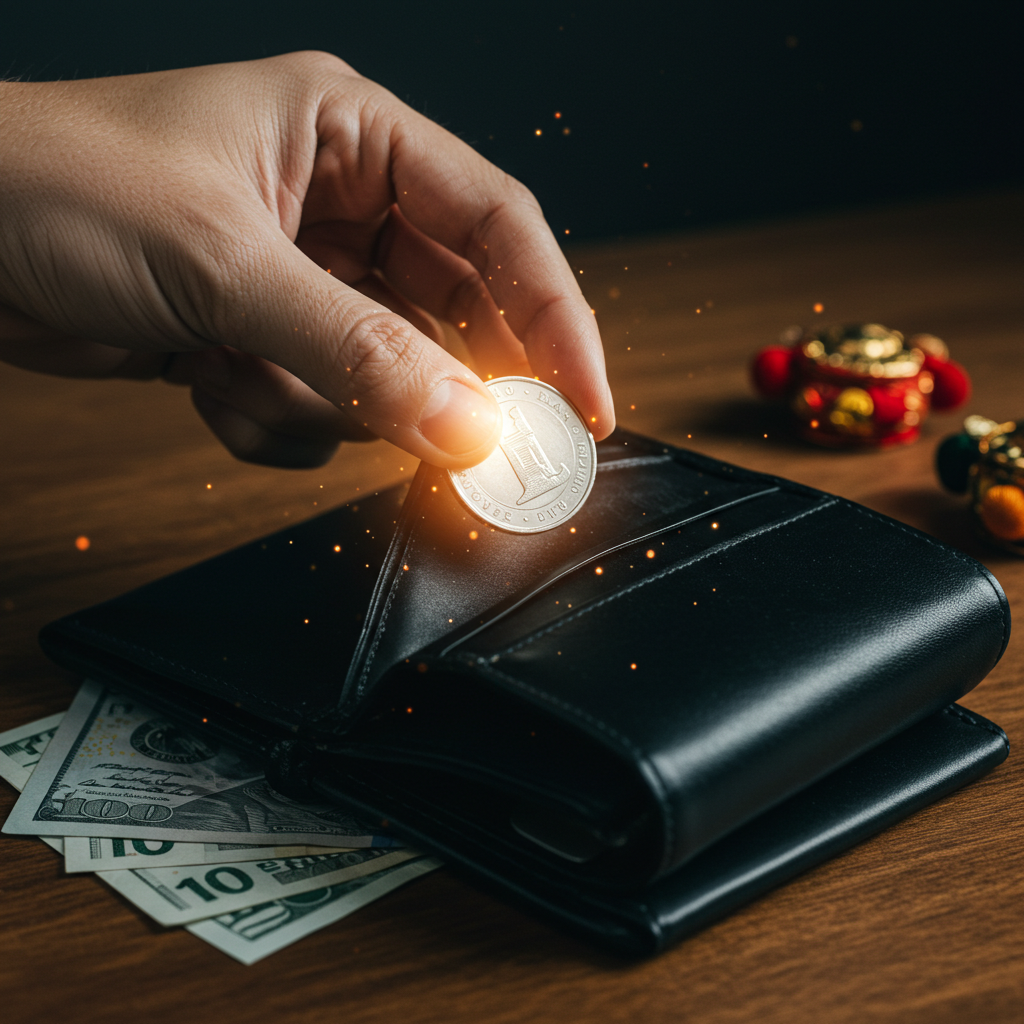According to widespread belief across multiple cultural traditions, placing a silver coin inside a newly acquired wallet, purse, or money container before using it establishes a pattern of continuous prosperity and prevents financial emptiness. This monetary ritual supposedly creates an energetic foundation ensuring that the container will always contain some wealth, as the inaugural coin serves as a symbolic “seed” from which additional money grows. Some traditions specify particular denominations, coin age (preferably antique), or metal purity (sterling silver rather than alloy) for maximum effectiveness. The consecrating coin typically should remain permanently in a special compartment, never spent despite financial need.

A baby’s future career or fate is predicted by the first object they select during a ceremonial setup.
In several Asian and Eastern European cultures, a traditional ceremony is held for babies usually around their first birthday. Known


